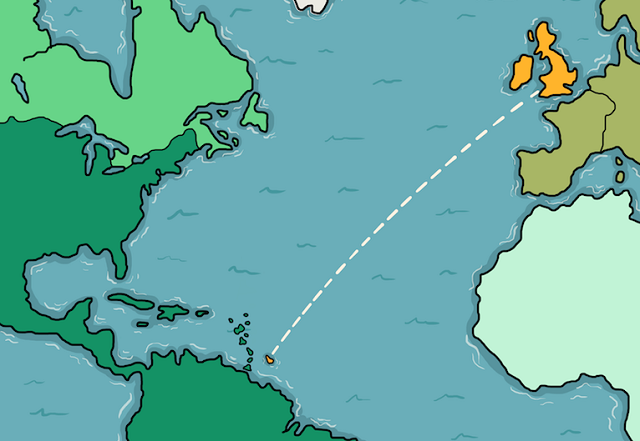As a historian of archaeology, I know that museum collections are an important route into the history of empire. British archaeologists and antiquarians brought artefacts from many countries back to Britain, and Britain’s museums. Britain’s imperial and colonial power, amassed through long-established settlements and military campaigns, but also facilitated through political and economic infrastructure, made much of this work possible. Many museums are now looking to present this troubling and complicated history more transparently. As an initial step, I think it’s important to recognise that imperial histories of collections are also local histories, and the stories of the people who made excavation, collection, and display possible on a local level should be part of the story that museums present.

The Narrating the Diverse Past project, which I have been working on since October 2020, highlights how museums can address histories and legacies of empire through inclusive collecting histories. It also asks how we can ensure these inclusive narratives are accessible to younger audiences.
To respond to the first aim of the project, I have collaborated with illustrator Michelle Keeley-Adamson to produce illustrated maps of Britain and Barbados, one of the earliest English colonies in the Caribbean. These are accessible through a new digital interactive on Reading’s Museums & Collections website. Using a wide variety of historical sources, both texts and images, we have presented a connected collections history linking Britain and Barbados through artefacts excavated or acquired in Barbados during the 19th century and brought to Britain. This history is particularly relevant to Reading, which has a significant Barbadian diaspora community.
Where possible the presence of Black and Indigenous peoples have been referenced alongside the White collectors and excavators whose names are recorded as associated with the collection, display, and housing of artefacts from Barbados. The story of the research behind the creation of the maps (and the limitations of the research, especially during a pandemic) is explained in a short piece, “Building Collections Histories“.
A workshop held on 11 December 2020 (online), addressed the second aim of the project. Presentations from both British Museum and University colleagues examined how archaeology, empire and collections histories had been presented to children in the past, and how these topics were currently being addressed. The full workshop programme is available online at the project webpage. Workshop speaker Professor Sue Walker (Department of Typography & Graphic Communication), has now written a post for the Centre for Book Cultures and Publishing on Marie Neurath’s “They Lived Like This” series, the topic of her presentation.
My goal with this project is to highlight and prioritise the human stories behind the discovery and display of archaeological collections, in as full and inclusive a manner as possible, given the source material available. As efforts to diversify the UK curriculum and to ensure coverage of imperial histories continue, museums can and should use collections histories to re-think the way that artefacts acquired during the colonial period are presented. I hope the Narrating the Diverse Past project helps to do just that.
Narrating the Diverse Past is a joint University of Reading and British Museum partnership project
Amara Thornton is a Research Officer with Special Collections.
